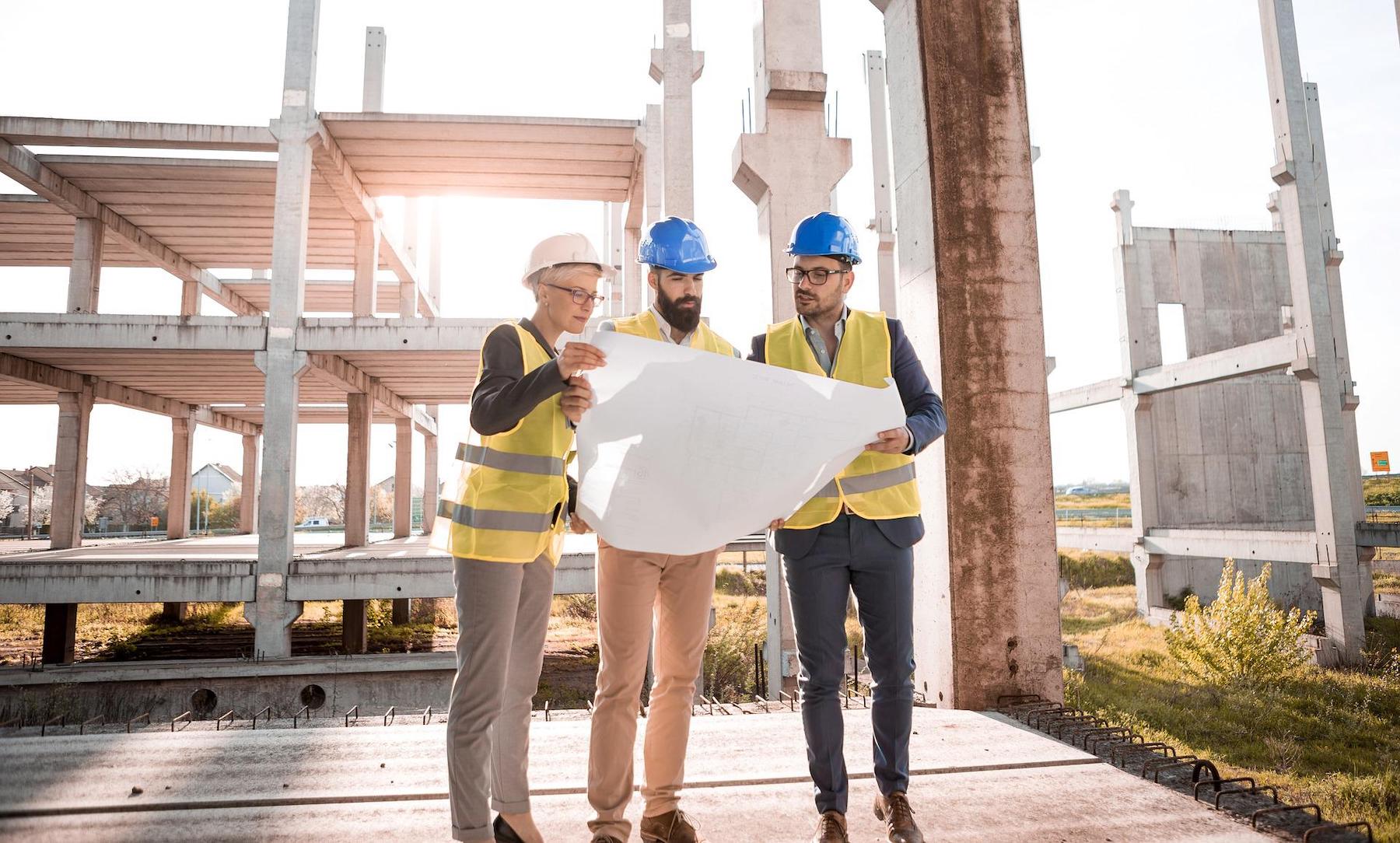The U.S. Green Building Council now offers tools to support the LEED Integrative Process for Health Promotion (IPHP) pilot credit.
This credit can be used to guide high-performance projects that are also cost-effective and promote human health. Early planning and action can help project teams select and tailor LEED credits based on a project’s specific health context.
IPHP encourages teams to consider the impact that project design and construction has on health and well-being (including physical, mental, and social effects) of occupants. A newly released suite of materials supports projects in achieving health-related goals through this pilot credit.
The tools and resources were developed by the Green Health Partnership, an applied research initiative between the University of Virginia School of Medicine and USGBC, funded by the Robert Wood Johnson Foundation. The tools available for all types of projects are:
- Green Buildings for Health: An Owner’s Roadmap to the LEED Health Process
- LEED Health Process: Workshops Guide for Project Owners
- LEED Health Process: Monitoring Outcomes in Buildings
- Green Buildings for Health: A Project Team’s Roadmap to the LEED Health Process
- LEED Health Process: Workshops Guide for Project Teams
- Worksheet: Setting Project Health Goals
- Worksheet: Health Design Charrette
Other tools are tailored for teams working on school projects.
Related Stories
| Nov 29, 2012
Government policies help accelerate adoption of green building
Green procurement policies or green building mandates can help accelerate the adoption of green building practices, according to research by Timothy Simcoe and Michael Toffel.
| Nov 26, 2012
Minnesota law to spur development, job creation produced few jobs
Legislation that allowed local governments to direct excess property tax dollars from tax-increment financing districts into other private developments was supposed to kick-start construction hiring in Minnesota.
| Nov 26, 2012
How to boost resilient systems that are sustainable
Cities of the future can be both more resilient and more sustainable by promoting strategies that include solar power and green roofs, programs that minimize demand for energy, rain gardens, and permeable pavement.
| Nov 26, 2012
Developer of nation’s first LEED platinum skyscraper focuses on carbon reduction
The Durst Organization, the developer of the first LEED platinum certified skyscraper in the country, says it will not seek LEED certification for its residential pyramid planned for New York’s West 57th Street.
| Nov 26, 2012
Questions linger over ability of Miami's newer high-rises to withstand hurricanes
Some towers in Miami, rebuilt after a hurricane in 2005, were allowed to be constructed under older building codes instead of newer ones created after Hurricane Wilma.
| Nov 26, 2012
Changes in development and building standards needed for health of Potomac River
The Potomac River’s health stands to suffer if the region does not change its development and building standards, according to the Potomac Conservancy.
| Nov 16, 2012
South Dakota prefers LEED over building code on state projects
“(LEED is) much better than a mandatory building code because you get a little wiggle room in these projects,” said Mike Mueller, a spokesman for the South Dakota Bureau of Administration.












